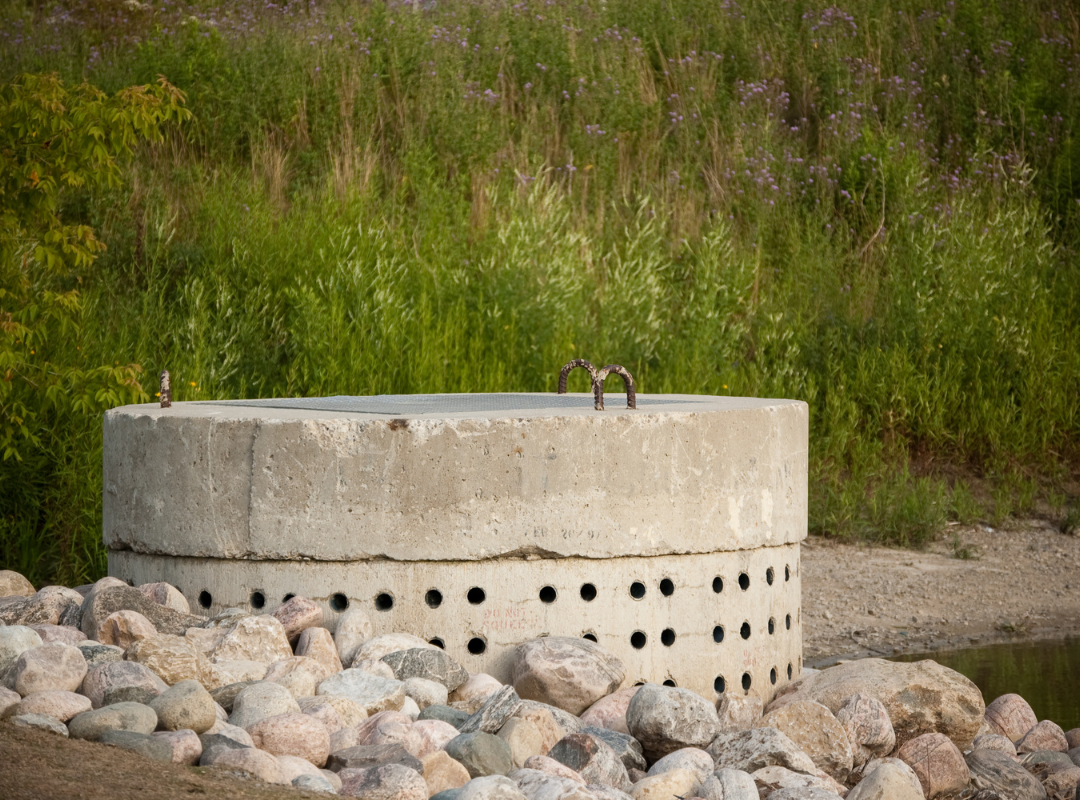 A state proposal to double the amount of stormwater treated on development sites using small-scale infiltration practices is flawed, according to analysis by stormwater practitioners.
A state proposal to double the amount of stormwater treated on development sites using small-scale infiltration practices is flawed, according to analysis by stormwater practitioners.
In response to more frequent and intense storm events, the General Assembly passed legislation in 2021 requiring the Maryland Department of the Environment (MDE) to report on the most recent precipitation data and update Maryland’s stormwater management standards for flood control.
This summer, MDE circulated a public discussion draft that incorporated updated rainfall data and required significant expansion of management practices to address runoff from higher intensity, short-duration storms.
A new analysis from Rodgers Consulting unpacks the implications of the MDE proposal and offers alternative approaches to adjust to a changing environment.
From the Rodgers’ analysis:
In crucial respects, however, MDE’s proposal is flawed – particularly in its continued emphasis on the use of ESD [environmental site design] practices to handle larger volumes of water. Even without climate change, ESD practices are often unable to handle the rainfall associated with anything but the most frequent and smallest storms.
Read the full Rodgers Consulting analysis and alternatives here.